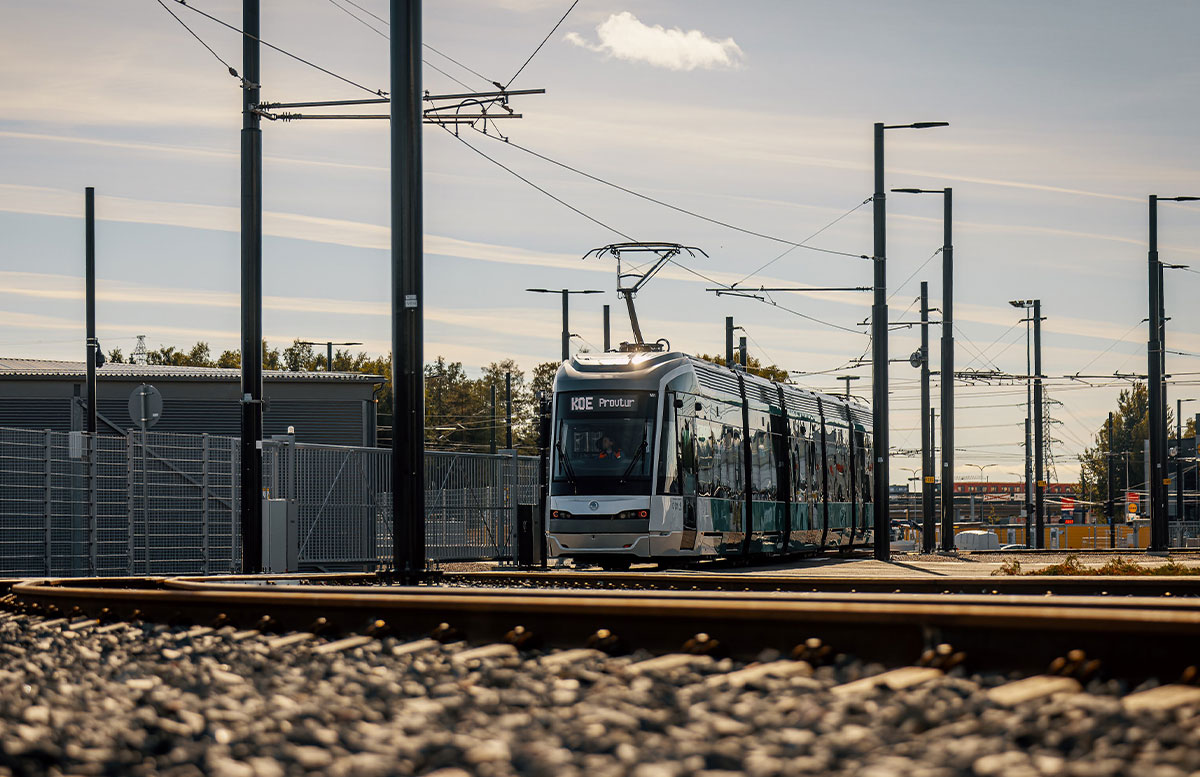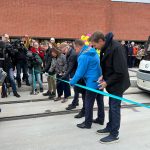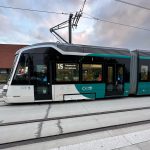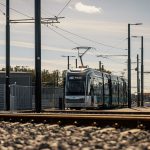 Helsinki Region Transport (HSL) has opened the 25 km Helsinki – Espoo LRT known as Raide – Jokeri LRT with 34 stops. The project was originally scheduled for completion in summer 2024, but the timetable was compressed by almost a year.
Helsinki Region Transport (HSL) has opened the 25 km Helsinki – Espoo LRT known as Raide – Jokeri LRT with 34 stops. The project was originally scheduled for completion in summer 2024, but the timetable was compressed by almost a year.
On Helsinki side, the 16 km section line runs in the suburban zone and connects Itäkeskus northeastern outskirts of Helsinki, Aalto University and Keilaniemi metro stations and Oulunkylä, Huopalahti and Leppävaara railway stations. In Espoo, the 9 km LRT section with 12 stops crosses through Keilaniemi, a district in the south-eastern part of Espoo, the Otaniemi research and development hub and Leppävaara, on the eastern outskirts of the city.
“In Espoo, the light rail offers transfer connections to the metro in Keilaniemi and Otaniemi and to a train in Leppävaara. It makes sense to build dense urban centres with extensive services along rail transport lines,” the City Planning Director Torsti Hokkanen, said.
The light rail line is operated by bidirectional ForCity Smart Artic X54 trams which are 100% low floor and 34 metres long and manufactured by Škoda. In 2016, the City of Helsinki ordered from Škoda 20 additional light rail vehicles added to the previously ordered 29 trams for Raide – Jokeri light rail line. Under a EUR 150 million contract with Škoda, the City of Helsinki ordered in total 49 new light rail vehicles.
Raide – Jokeri LRT is connecting Itäkeskus in Helsinki and Keilaniemi in Espoo, providing fast and modern public transport services on East – West direction in the metropolitan area of Helsinki. The city of Espoo decided the planning and the construction of the new light rail line in June 2016.
The line is now replacing the trunk bus line 550, the busiest bus line in the Helsinki region, which carried around 40,000 passengers each day, but it has a transport capacity that cannot meet the growing number of passengers. The new light rail line is estimated to transport the light rail line will transport 90,000 passengers per day by 2025.
The Helsinki – Espoo LRT delivers access to urban rail services in completely new areas, new residential districts as well as to new green areas.
Share on:






